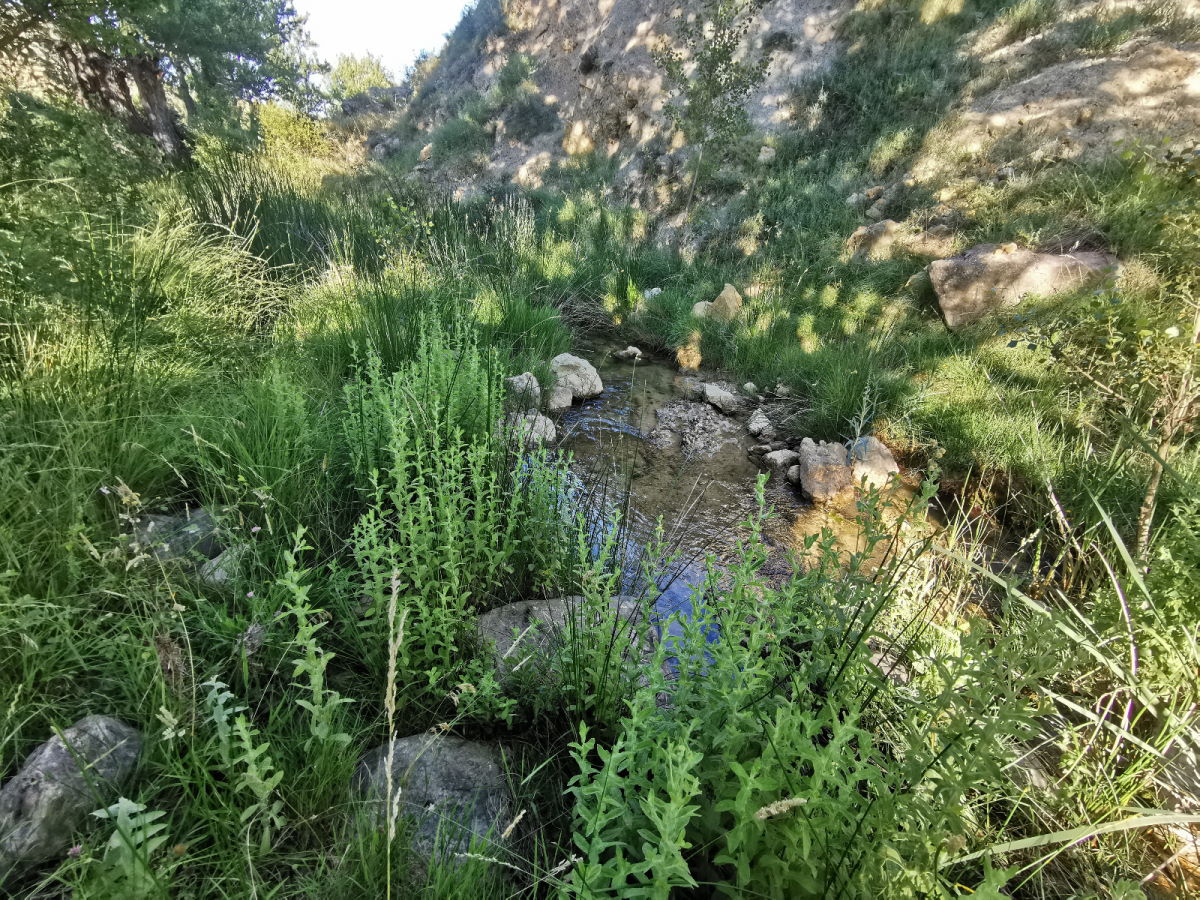
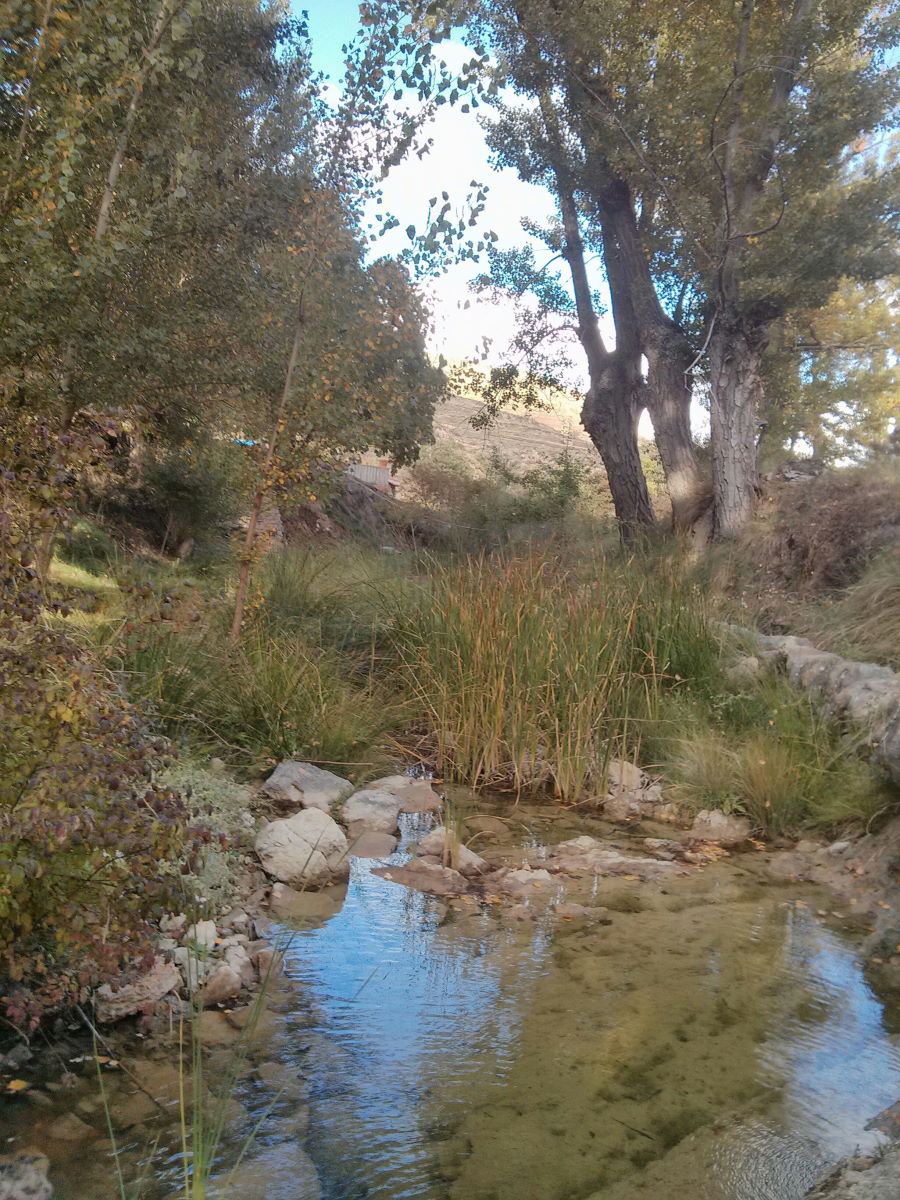
This river route constitutes the typical riverside ecosystem and its historical use will be observed. (1 hour).
On this route we enter the river area, full of poplar headlands (a species of great timber value in ancient times). In these riverside ecosystems so modified by human activities, the head poplars act as the key piece of the silvopastoral system, since they have a high ecological value. Likewise, the old trunks of poplars usually have holes, which serve as a refuge for fauna that needs old trees to breed (birds and mammals, especially). Their presence also contributes to the growth poplar mushrooms, a culinary delicacy.
We also find maples (Acer sp.), Brambles (Rubus ulmifolius), wild rose bushes (Rosa canina), hawthorn (Crataegus monogyna) or blackthorn (Prunus spinosa), in an idyllic setting.
In permanently humid or temporarily flooded soils, a great diversity of plants typical of these habitats appears, such as mint (Mentha longifolia (L.) Huds), epilobium (Epilobium hirsutum L.), cattail (Typha latifolia L.) and reeds (Scirpoides holoschoenus)

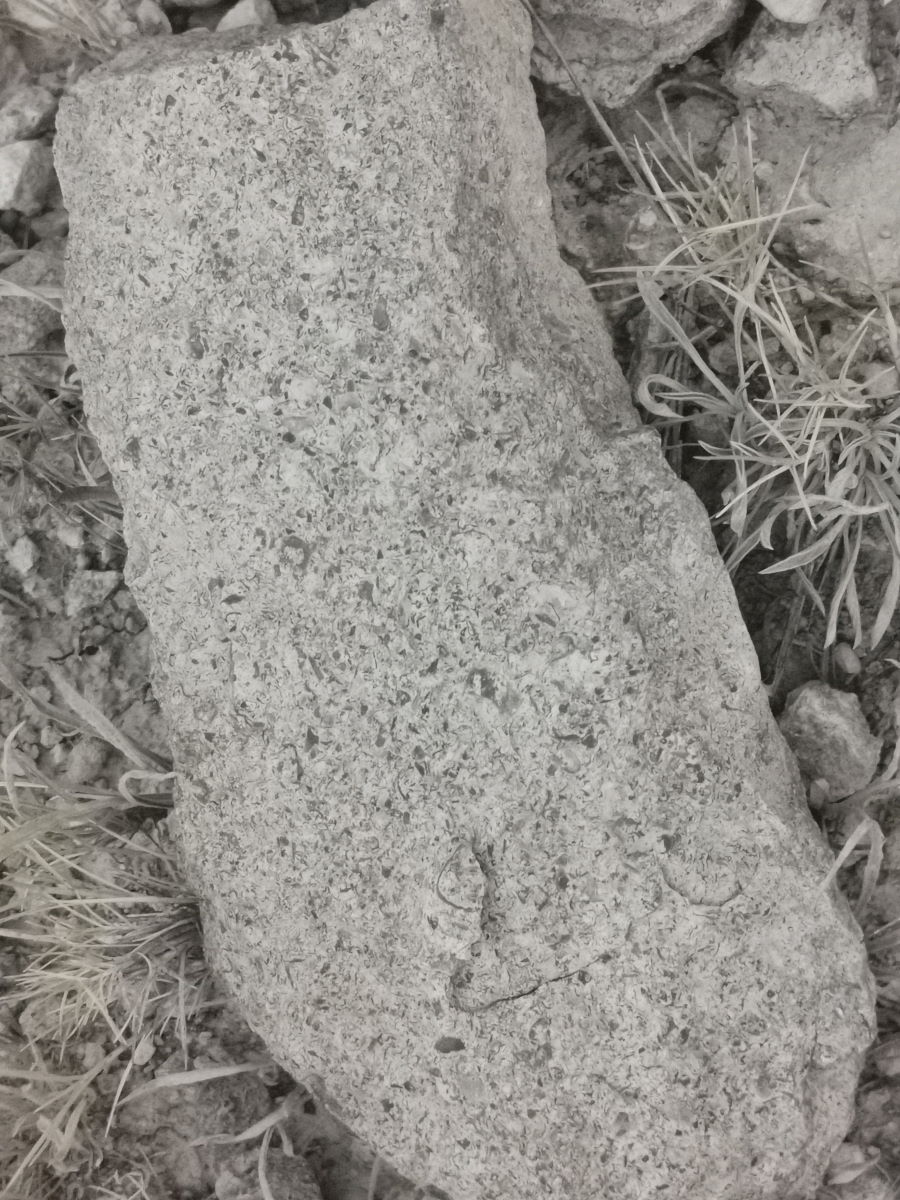
Archaeological route with the remains of an Ibero-Roman settlement.
We go down to the Tornos river from the top of the farm, which allows us to contemplate the Roman ruins, an old shepherd's house in very good condition, fields of cultivation, some of which were vineyards, and a small precipice where you can see the meanders of the river, where formerly they cultivated different crops (1h).
It is common to encounter fossils along this entire route And also multiple dry stone infrastructures, to delimit fields, boundaries, etc. These stone infrastructures are a very important element of the ecosystem from various points of view. They have a high direct agronomic value, because they help in the delimitation of the plots and in the containment of livestock. In addition, thanks to the fauna that inhabits them, they provide regulation services to neighboring crops, improving biological control of pests and pollination.
Finally, the retaining walls on the sloping slopes protect the soil from erosion, by slowing down the advance of water, which gives them a high environmental value today.
Finally, it is also worth noting its great cultural value. The dry stone constructions constitute a key element in the physiognomy of the landscape and a hallmark of the mountainous lands of the eastern Iberian system.
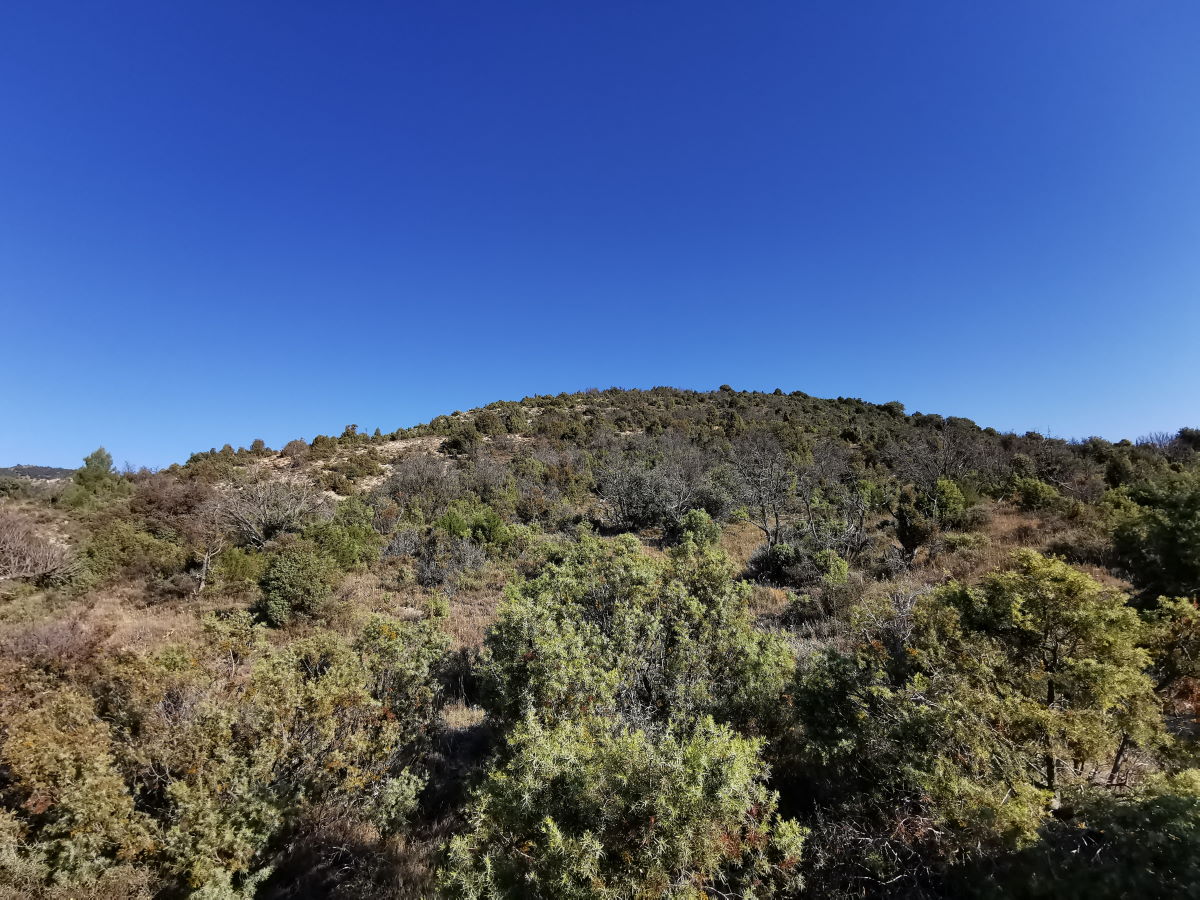
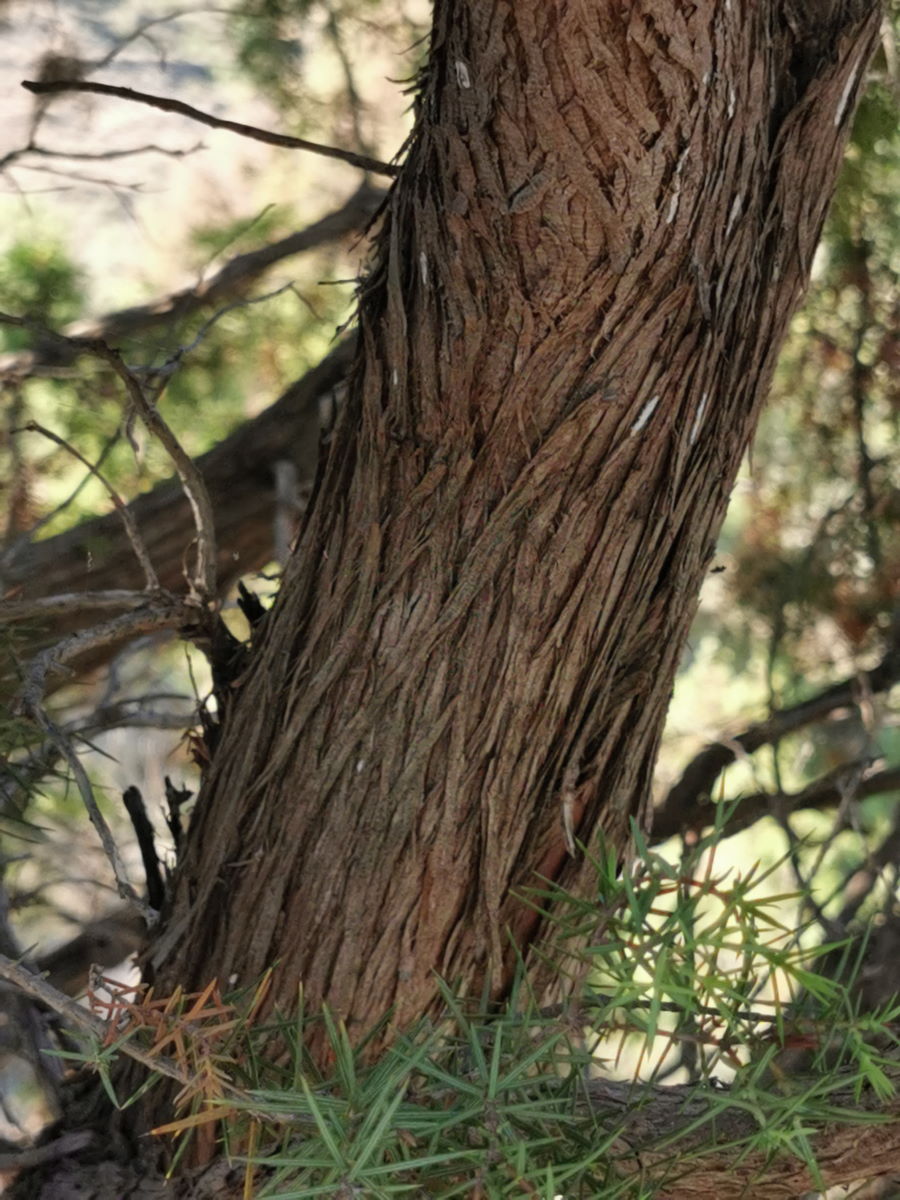
Ecological route, seeing the typical species of the area and their peculiarities (1.5 h).
On this route you reach the end of the farm, where a ravine separates the two autonomous communities. There you can see an old aqueduct to carry the water to the mill, from the upper area of the Tornos river, two kilometers from the farmhouse. You climb the mountain with typical species of a regenerating holm oak. Quercus ilex subsp. ballota constitutes the potential vegetation in much of the region. Practically all the holm oaks were cut down in the last century to use their firewood or to make charcoal, and the land was used for pasture and crops.
In some parts a dense thicket with Juniperus oxycedrus subsp. bad ia as the predominant species, accompanied by very few arboreal or shrub species, only some black juniper (Juniperus phoenicea) and young holm oaks. Many of the junipers are very old and are infected by a parasitic plant, the juniper mistletoe (Arceuthobium oxycedri).
You climb to the highest mountain on the farm, and on the way up you can see the remains of an old lime kiln and the old rainwater conduction system to prevent erosion. At the top you can see the old construction used to separate the properties, called "Pairón", which is a landmark of territorial limitation built in dry stone.
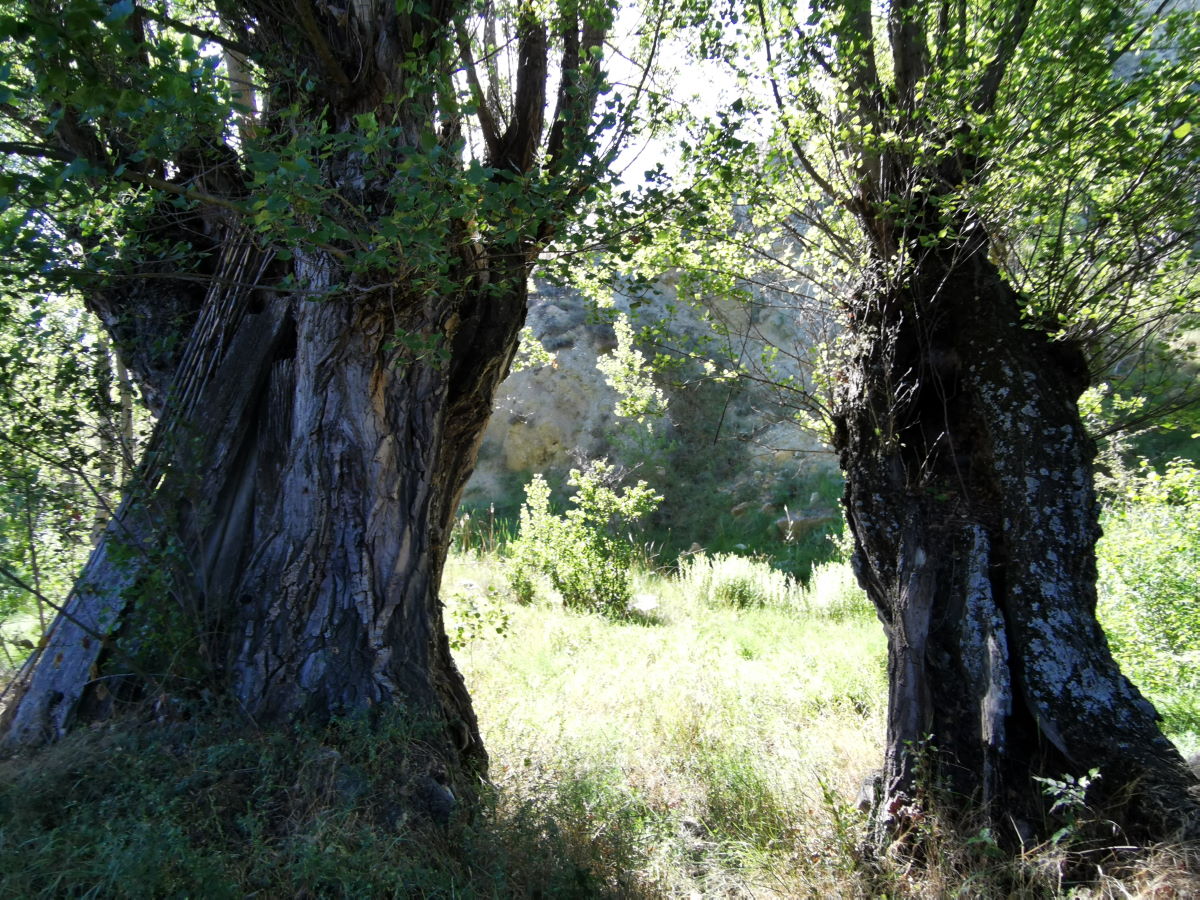

Agroecological route (1.5 h). This route includes the traditional agriculture and livestock of the area, the typical vegetation, as well as different traditional constructions and remains of an ancient Iberian settlement.
At the first stop you can see the old water system that fed the mill (1), where hides were also tanned and fiber was extracted from hemp. At the second stop, you can contemplate a hundred year old, now scarce in the region due to over-exploitation. Later you visit the old house as was during the era of the working mill(3). At stop 4 you can see how the land was cultivated, taking advantage of the orography of the land, targeting fruit trees in the most humid and protected areas. At point 5 you can see from the outside an old community corral where the surrounding sheep were kept on a 3.5 hectare area closed by dry stone.
Once inside the enclosure you can see what may be an ancient Iberian settlement, two old buildings for shepherds' shelters, and a sheep counter. During the tour you will see large sabinas and oaks, as well as a multitude of junipers. These grasslands are made up of small woody bushes and numerous drought-resistant perennial grasses. Among the most frequent herbaceous plants we find the lastón (Brachypodium retusum), the thyme and the gorse, together with some shrubs such as the sessile juniper or the miera juniper (Juniperus oxycedrus).
Being a high point of the farm, spectacular views of the area are contemplated, including the hermitage of San Marcos.